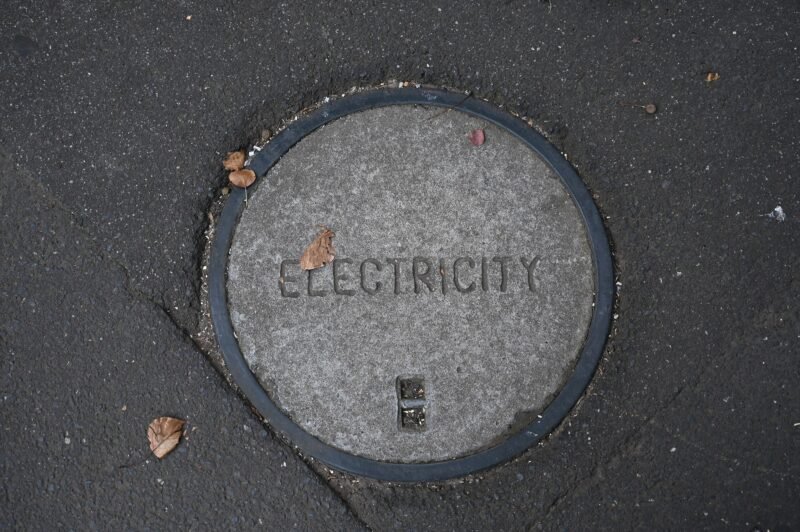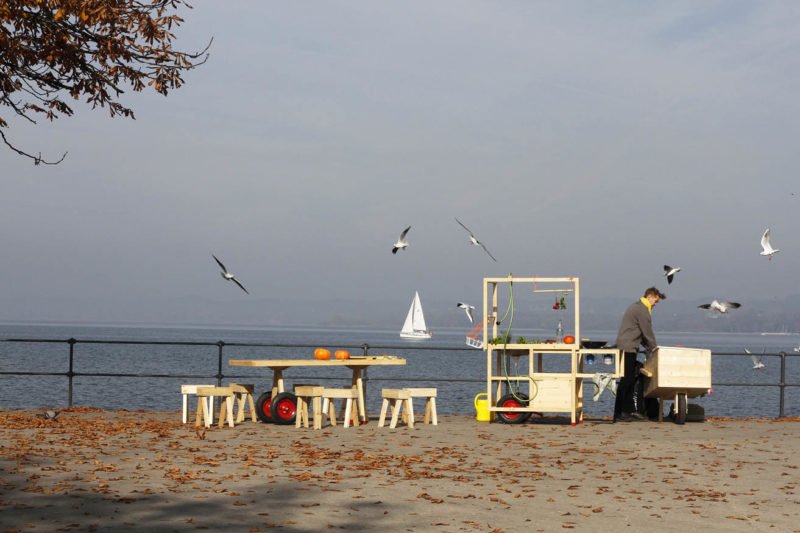Tokyo Void: Possibilities In Absence
Everybody knows Tokyo and the images of a bristling, traffic-packed, neon-lighted city. Only 4% of Tokyo’s land is classified as unused. Still, even in this city, there are ruptures in the landscape — land that’s not used and could be re-appropriated by men or by nature. The recently published book Tokyo Void: Possibilities in Absence explores these open spaces in Tokyo as well as the opportunities that lie in them.

Built up in two parts, Tokyo Void guides the reader through new urban ecologies, temporary land use and the socio-cultural meaning of empty spaces in Japan. Part 1 delves into the possibilities the authors see for re-appropriation of vacant sites by means of inhabitation or (new) subtle ecologies to emerge in the Tokyo urban area. One of those examples is Kasu Harappa Ondi, a site in the neighborhood of Yanaka. Anybody may rent this 53 square meters piece of land for a small amount of money to organize markets, gatherings, concerts or workshops. When not in use, the site is only surrounded by a thin rope, which makes it look like an private parking lot or a construction site.



Kasu Harappa Ondi, an unused piece of land that can be rented by anyone to organize markets, gatherings, concerts or workshops
Another subject that’s touched by the authors is the use of parks in Tokyo, or, more accurately, the non-use of parks in Tokyo. Parks are officially spread to guarantee a minimum of green space for Tokyo inhabitants, but also to ascertain enough evacuation space in the case of earthquakes. With Japan’s decreasing birth rate and increasing aging of the population, new functions have to be sought for these “true non-spaces”or “alien places”, as architect Hiroshi Ota tends to call them.
In part 2 of Tokyo Void, the attention is directed to the dimensions of resources and time when dealing with vacant sites. With data visualized in charts and with maps of Tokyo’s urban lay-out, an intriguing overview of land use and green spaces is provided, as well as different typologies of voids in Tokyo and demographic trends since 1920.

‘Tokyo Void’ is the outcome of a research project by Marieluise Jonas and Heike Rahmann, in which they mapped temporarily vacant spaces across the Japanese capital. Click here for more maps
One example of typology in Tokyo Void illustrates the transformations of wastelands. Mostly located in the Tokyo foreshore area, these wastelands are identified as resources for and in the city, starting with the history of the city’s land reclamation, an ongoing process dating back as early as the Edo period (1603-1867). After that taking up the political and technological developments both contribute to the result of a mass of vacant sites in this area.


Within the dimension of time, Tokyo can be seen as a giant laboratory wherein a wide range of conditions can be observed. The natural cycle of transformation processes is interlinked with both economic and demographic trends. Through recording urban voids since 2009 the book shows an interesting visual mapping process. Tokyo Void gives a clear theoretical overview what possiblities lie in absence in the Tokyo landscape, and will be an interesting read for anyone interested in (temporary) use of vacant space.
Tokyo Void: Possibilities in Absence
Authors: Marieluise Jonas & Heike Rahmann
Published by Jovis
Release date: September 2014
Language: English
Full color, softcover, 192 pages, 16.5 x 22 cm
ISBN: 978-3-86859-272-6



